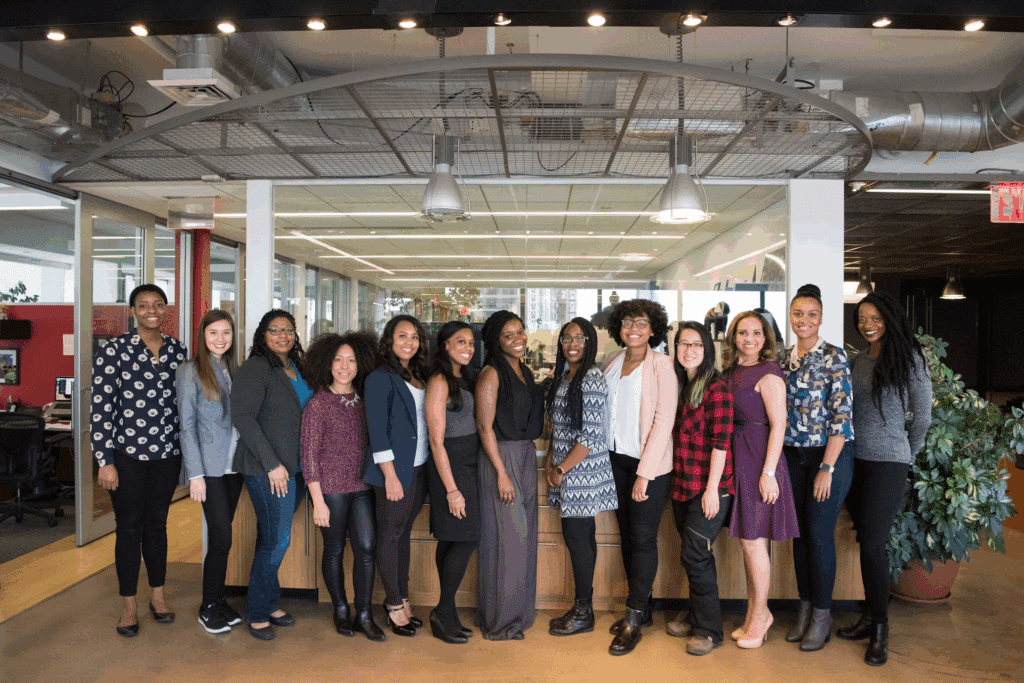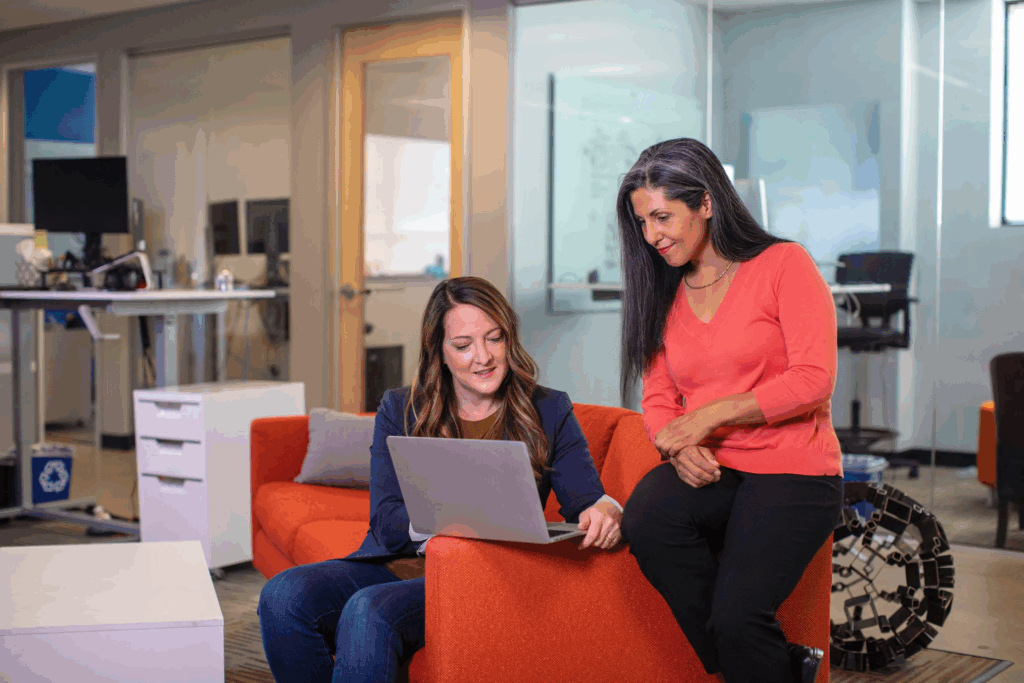Day after day, women continue to break barriers, lead innovation, and reshape industries. Yet, despite their talent and ambition, they still face systemic challenges in climbing the leadership ladder. That’s why female leadership development programs are absolutely necessary, and we should pay attention to them. And in that, we should also educate ourselves and learn about these programs and what makes the best ones, well, the best ones. So, what separates a good program from a transformative one?
What to look for in a transformative program
Not all female leadership development programs are equal. The best ones do more than present a couple slides or offer a one-off seminar. They provide ongoing development rooted in real-world challenges and personal growth. These programs give women the tools, confidence, and network to lead with clarity and conviction. Whether you’re evaluating a program for yourself or for your organization, here’s what to look for.

Curriculum, mentorship, and peer community
The heart of any strong female leadership program is its curriculum. Remember that these programs should focus both on learning how to lead in general and learning to lead as a woman. That means exploring topics like imposter syndrome, executive presence, negotiation, influence without authority, and leading through bias. Programs should address both strategic business skills and the softer, nuanced aspects of leadership. Mentorship is another game-changer. A chance to talk with seasoned leaders who’ve been through the highs and lows of leadership is incredibly valuable. A strong mentorship component with personalized guidance opens doors to networks that women might otherwise struggle to access. Equally important is the peer community. A powerful female leadership development program builds a community of trust, shared learning, and accountability. These relationships often outlast the program itself and become career-long support systems.
Flexibility and real-world application
Life doesn’t stop when you step into a leadership program. The best female leadership programs understand that women are balancing multiple responsibilities (work, caregiving…). Look for programs that offer hybrid or self-paced formats without sacrificing depth.
But flexibility alone isn’t enough. Great programs connect learning to real-world application. They don’t live in the abstract. Participants should be able to take what they learn and use it immediately—whether in managing teams, presenting ideas, or making strategic decisions. Applied projects, case studies, and leadership challenges bridge the gap between theory and action. Look for those in the curriculum.

Examples of programs that change lives
So, what do great female leadership development programs look like in action? Let’s look at a couple of the best ones.
From corporate to nonprofit initiatives
In the corporate world, programs like McKinsey’s Connected Leaders Academy or Coursera Women in Leadership Program are standout examples of inclusive leadership training, focused not only on female leadership, but also on other minorities. They combine data-driven learning with mentorship and global networking. These programs empower women at different career stages to take on bigger roles and drive change in their companies.
On the nonprofit and social impact side, initiatives like Vital Voices’ Global Ambassadors Program or She Should Run focus on equipping women to lead in civic and policy spaces. These programs recognize that leadership isn’t confined to boardrooms, but that it’s also about leading movements, communities, and causes.

Measurable results and success stories
Great programs deliver results. Look for evidence of impact: How many participants have moved into leadership roles after the program? What do alumni say about how the experience changed them? Are companies seeing better retention, engagement, or innovation as a result? Look for success stories – it could be a participant who finally got a seat at the table or someone who launched a new initiative with confidence and clarity. The best programs share these stories and allow you to see their real-world impact.

